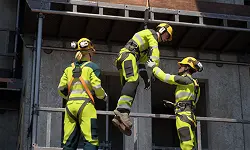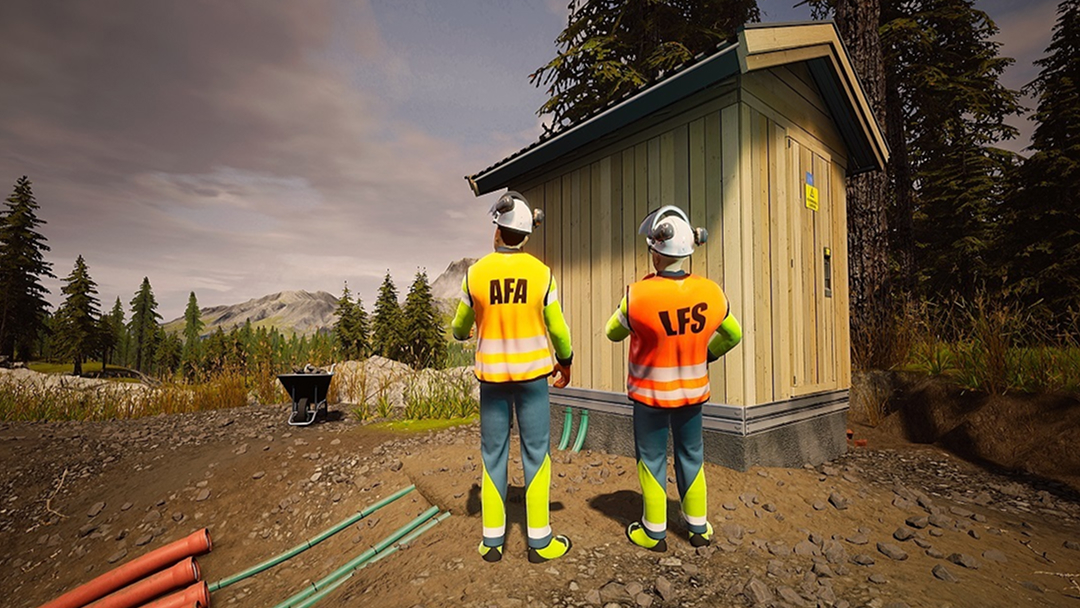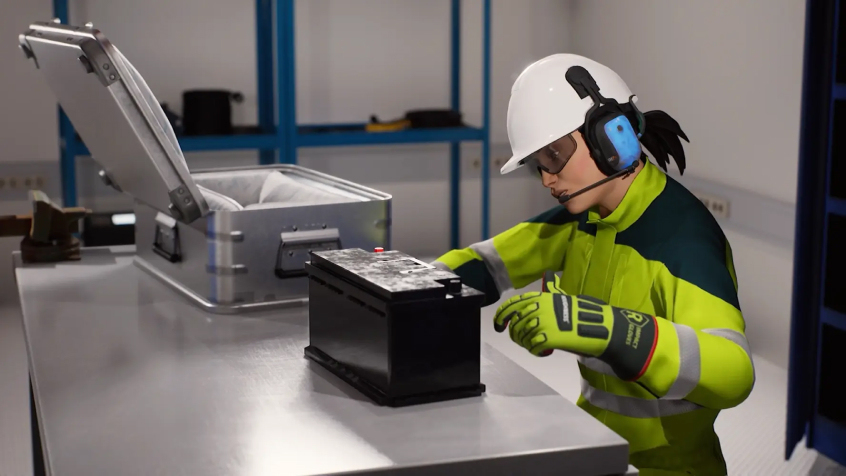for å få tilgang til dine kurs, sikkerhetskort og mye annet.
for å få tilgang til dine kurs, sikkerhetskort og mye annet.
Kurs SystemerTjenester
SystemerTjenester ForumOm oss
ForumOm oss Norsk
Norsk
Utvalgte kurs
Elsikkerhetskompetanse 2026

Velkommen til møteplassen for deg som er opptatt av sikkerhet i energibransjen. Gled deg til en lærerik og givende opplevelse.
Les merUtvalgte systemer
Utvalgte tjenester
Arrangementer

Bli med på våre spennende events, fagsamlinger og gratis webinarer.
Se arrangementene våre Norsk
Norsk

















